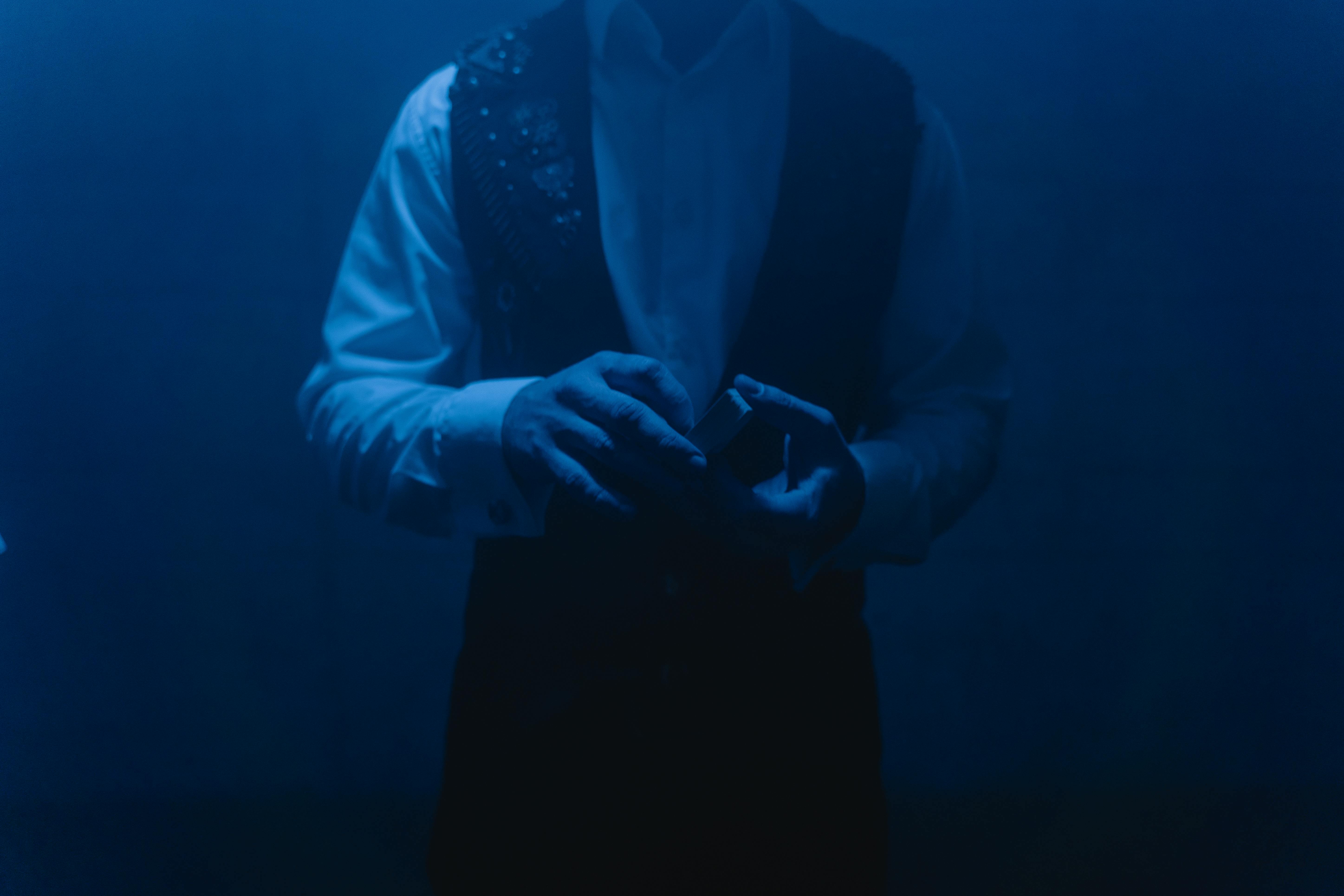The state of the digestive tract depends, in addition to diet, on 3 physiological parameters of the human body:
1. Blood supply (or infusion) of digestive organs
2. Oxygenation of the digestive organs
3. Strength of the immune system.
Clearly, recurrent Candida will be the norm, if GI blood supply and oxygenation are low. Why? Poor oxygenation and perfusion means free radical production, tissue contamination and hypoxia, anaerobic cell metabolism, increased acidity, and oxidative damage. Under such conditions, the immune system’s resources will be spent on these problems, rather than clearing the yeast from the surfaces of the GI tract. The person can have a superior diet, better supplements, and dozens of other wonderful things, but if these fundamental physiological problems are not resolved, the Candida will return at the earliest opportunity, weeks or months later.
How to measure oxygenation and circulation
Take the BHT (Breath Hold Time) test without stress. These are the steps to follow. After your usual exhalation, pinch your nose and close your mouth. Hold your breath, but only until the first distress or discomfort. It will appear at a certain time and start to grow. Release the nose and resume breathing exactly at the beginning of this stress. If you test correctly, your breathing after the test will be the same as before. [Warning. Some, not all, people with heart disease, migraine headaches, and panic attacks may experience negative symptoms minutes later after this light version of the test. If this happens, they should avoid this test.]
Why does circulation influence this test? Should breath holding be just about oxygenating the body? Well, if the blood supply to the tissues is reduced, the oxygen supply will be reduced and the oxygenation of the body will be affected. Therefore, good breath-holding skills are only possible when circulation is good.
Normal values for the breath-holding test are about 40-60 s. People with normal respiratory parameters can easily hold their breath. If your result is less than 30 s, your GI circulation and oxygenation are compromised. You must change your unconscious breathing pattern and correct lifestyle factors that influence oxygenation. How?
Medical auto-oxygenation therapy
Russian doctor Konstantin Buteyko, MD, developed the Buteyko breathing retraining method for the treatment of asthma and heart disease. For his system, the stress-free version of the breath-holding time test is the main measurement tool that reflects body oxygenation and personal health. He trained some 200 Russian doctors to teach this therapy to patients. These Russian doctors tested thousands of patients and discovered the following results.
Critically ill, hospitalized, and terminally ill patients have 1 to 10 s BHT. When the BHT is less than 10 s, Candida can be present in the blood without resistance from the immune system. As death approaches, your breath becomes larger, deeper, and heavier, while your breath-hold time approaches zero: 5, 4, 3, 2, and only 1 second of oxygen just before death .
Sick patients with mild forms of the disease (asthma, heart disease, diabetes, cancer, etc.) have about 10-20 s of oxygen available. These patients are often on medication to control their symptoms. Candida can be controlled with diet and antibiotics.
Healthy adults, according to published Western results, should have about 40 s of BHT, but Dr. Buteyko found that 60 s of oxygen is incompatible with about 150 chronic diseases or diseases of civilization. Therefore, he established the 60s as an ideal health standard. The immune system begins to fight Candida when the oxygenation of the body reaches about 25-30 s.
His most surprising result is that healthy people breathe little (only 4-6 liters of air per minute), while sick patients breathe 2-4 times more air than the medical norm. In fact, there are hundreds of Western studies that found exactly the same effect: patients with various health problems have a deep and frequent breathing pattern at rest and… low body oxygenation. Therefore, the restoration of health, according to Dr. Buteyko and his system, must be based on slowing down the breath, just like in hatha yoga. Light, slow and easy breathing results in better oxygenation.
These ideas may seem counterintuitive. However, you can apply your observation skills. Observe the breathing of your very healthy friends and relatives and you will discover that their breathing is invisible and inaudible. Observe how sick people breathe and you will notice that their breathing is noisy and abundant. Therefore, breathing less should be the goal of the sick.
Dr. Buteyko and some of his colleagues achieved up to 3 min BHT using a variety of tools and activities (eg, special physical and breathing exercises, cold showers, raw diets, and sleeping on a hard surface). They found that this is possible for anyone who can change their own breathing pattern to a very shallow and light one, with only 3-4 breaths per minute at rest. These people need only about 2 hours to sleep and have amazing mental clarity.
